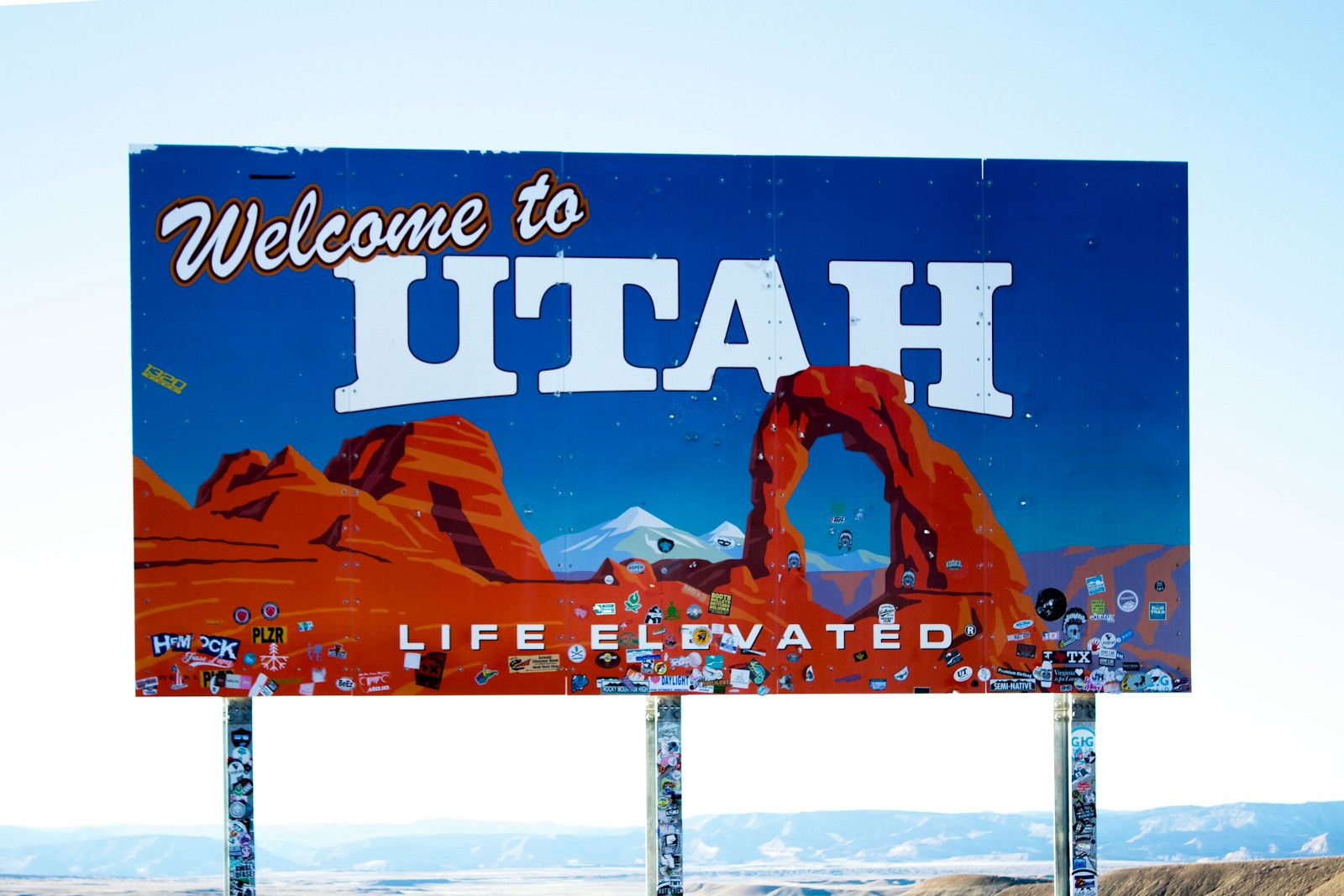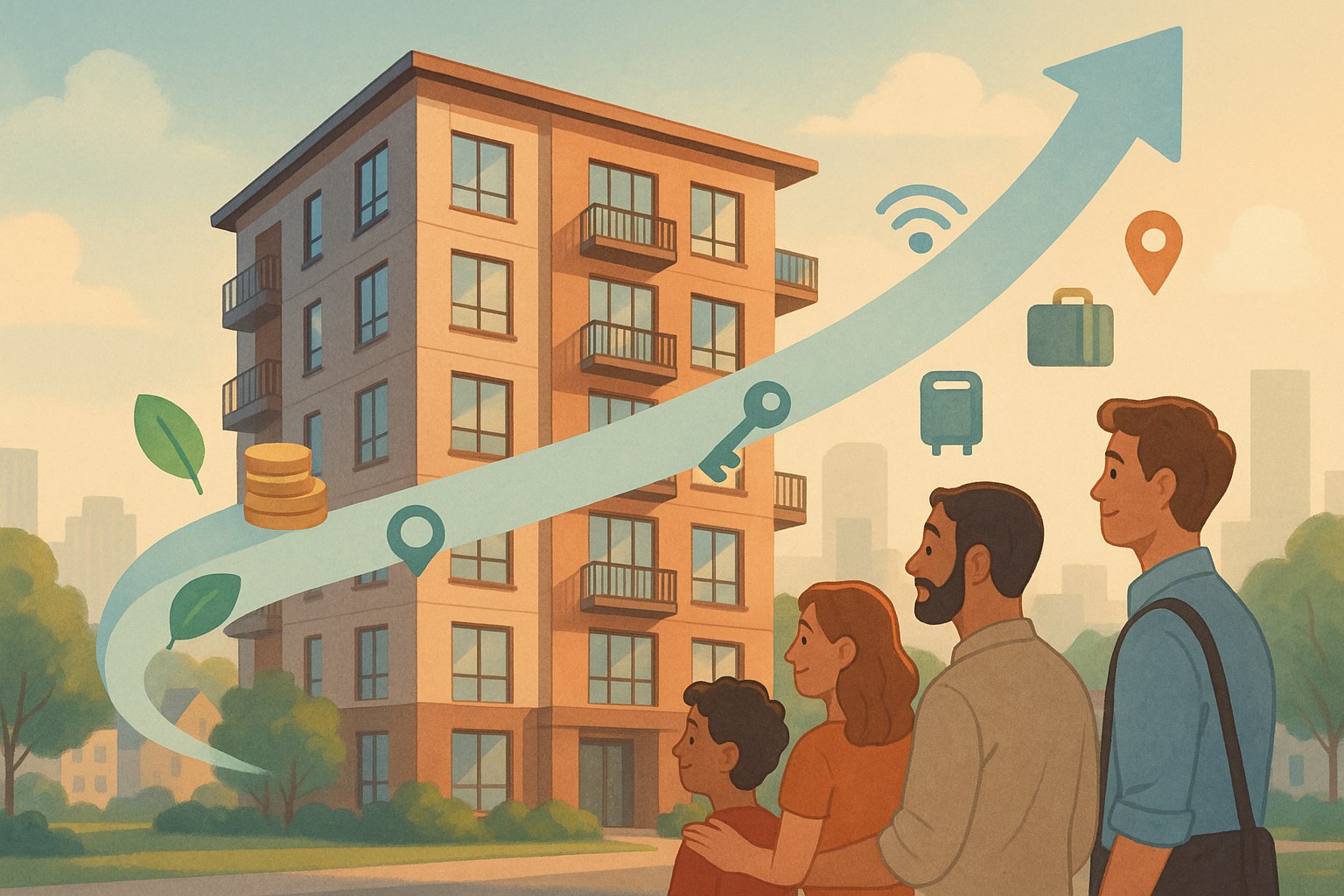Rent Control Is Not a Solution—It’s a Recipe for Exacerbating the Problem
Utah Housing Providers faced with the same harsh realities of Rent Control that California Housing Providers have been combating for decades.
Utah is an increasingly costly place to live. It’s ranked the third most expensive state to buy a home. A staggering 80% of Utahns believe that housing prices are too high, and the complaint isn’t limited to homebuyers. Rental rates have also surged dramatically, jumping 34% to 41% in Salt Lake County since 2018.
Some politicians argue that high housing costs are driven by sellers’ and landlords’ greed, but the real reasons behind high prices are far more complex. Inflation, regulatory barriers that limit the supply of affordable housing and population growth have inflated costs, putting immense pressure on renters and property owners. High energy prices, labor shortages and supply chain issues have compounded the challenges.
In other words, the root of the problem lies in supply and demand, yet many of the proposed solutions ignore that basic economic principle.
The worst policy response thus far has already been proven to fail for eons: rent control.
President Joe Biden proposed a federal version of rent control earlier this year. In addition, his Department of Justice is attempting to enact backdoor rent control by challenging algorithmic pricing software that assists landlords in determining the market price at which to list their property. After accepting nomination for the White House, Vice President Kamala Harris similarly embraced rent control and pledged to “take on corporate landlords.”
While rent control may seem like immediate relief for struggling renters, it backfires by chilling developers’ incentives to build new housing and landlords to maintain existing properties. The supply of rental units falls, making housing even scarcer while driving up prices in the long term.
In areas where rent control has been implemented, such as New York City and San Francisco, landlords often respond by pulling units from the market or converting them into condominiums, further shrinking the rental supply. It is not a solution—it’s a recipe for exacerbating the problem.
Rent controls force rental rates below market-clearing levels and lead to excess demand for apartments. Landlords can react by charging extra for parking, furnishings and even keys. Since not enough units are available, landlords are freer to discriminate in favor of tenants they prefer (no pets, no children, no students). Renters are forced to find places to live outside rent-controlled areas, lengthening commutes. Vacancy rates in rent-controlled apartments shrink because favored tenants understandably are reluctant to move out.
None of the adverse consequences of rent controls are “unintended” or “unexpected;” they are predictable and confirmed by evidence. The only workable solution is to increase the supply of new homes and apartments. In fact, Utah’s rental market has already begun showing signs of improvement, thanks to local leaders’ support for new construction. As Dejan Eskic, a housing analyst at the Kem C. Gardner Policy Institute at the University of Utah, noted, “There are now more apartments available than people looking for apartments.” As a result, asking rents have dropped by around 2.5% to 3.5% since January, and many landlords are now offering economic incentives to attract tenants.
That’s good news. However, if the Biden administration implements rent controls, that progress could be undone, discouraging further construction and creating disincentives for owners to maintain or improve their properties. Photographs of rent-controlled areas of New York City look like bombed German cities during World War II.
Rather than imposing federal rent caps, which would only aggravate the situation, policymakers should focus on solutions that have already been proven to work in places like Argentina—removing rent controls, building more housing, cutting red tape, and making it easier to become a landlord.
Let housing markets work for Utah, not against Utahns.
William F. Shughart II is a Distinguished Research Advisor at the Independent Institute and the J. Fish Smith Professor in Public Choice in the Jon M. Huntsman School of Business at Utah State University.
Shared post from the Independent Institute. First published by The Salt Lake Tribune








